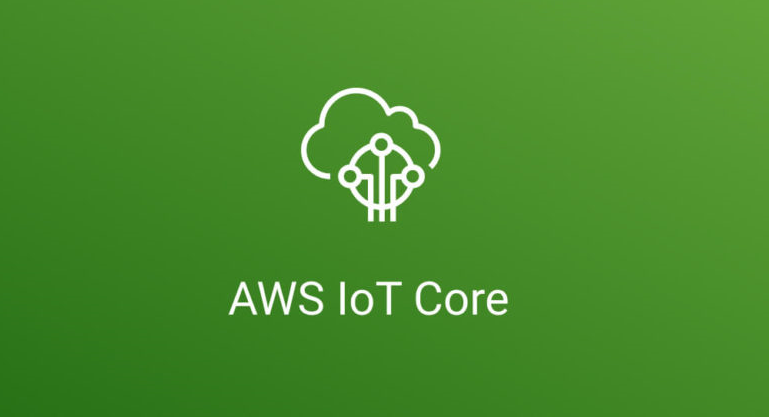A Beginner's Guide: Implementing IoT Core in AWS
 Sumit Mondal
Sumit Mondal
In the ever-evolving landscape of technology, the Internet of Things (IoT) has become a prominent player, connecting devices and enabling seamless communication. Amazon Web Services (AWS) offers a robust platform for implementing IoT solutions through its IoT Core service. In this beginner-friendly guide, we'll walk you through the steps of implementing IoT Core in AWS.
Understanding AWS IoT Core
AWS IoT Core is a managed cloud service that facilitates communication between IoT devices and the AWS cloud. It enables secure and efficient data exchange, making it an ideal choice for building scalable and reliable IoT applications.
Step 1: Setting up an AWS Account
If you don't have an AWS account, the first step is to sign up for one. Navigate to the AWS website and follow the prompts to create an account. Once your account is set up, log in to the AWS Management Console.
Step 2: Creating an IoT Core Thing
In the AWS Management Console, go to the IoT Core service.
Click on "Create" to start creating a new IoT Thing.
Define a name for your Thing and click "Next" to proceed.
Add a type to your Thing. This helps categorize and organize your devices. Click "Next."
Choose or create a device group and proceed to the next step.
Review your settings and click "Create."
Congratulations! You've just created your first IoT Thing in AWS IoT Core.
Step 3: Generating Security Certificates
To ensure secure communication between your IoT devices and AWS, you need to generate security certificates.
In the IoT Core Console, navigate to "Secure" and then "Certificates."
Click on "Create" to generate a new certificate.
Download the certificate, private key, and Amazon root CA file. Keep these files in a secure location.
Step 4: Connecting a Device
Now, it's time to connect a device to AWS IoT Core. This could be a physical device, a simulated device, or even a Raspberry Pi.
Use the security certificates generated in the previous step to configure your device for secure communication.
Implement the necessary code to establish a connection to AWS IoT Core using the AWS SDKs or client libraries.
Step 5: Testing and Monitoring
Once your device is connected, it's essential to test and monitor its communication with AWS IoT Core.
In the IoT Core Console, go to "Test" to publish and subscribe to MQTT topics.
Monitor device connectivity and message delivery using the IoT Core Console.
Step 6: Scaling and Integration
As your IoT project grows, you may need to scale your infrastructure and integrate additional AWS services.
Explore AWS IoT Rules Engine for processing and routing messages.
Integrate with other AWS services like Lambda for serverless processing or Amazon S3 for storage.
Conclusion
Implementing IoT Core in AWS might seem daunting at first, but by breaking it down into these simple steps, you can gradually build a robust and scalable IoT solution. AWS IoT Core provides the foundation for connecting and managing your devices, allowing you to focus on building innovative applications that leverage the power of the Internet of Things. Happy coding!
Subscribe to my newsletter
Read articles from Sumit Mondal directly inside your inbox. Subscribe to the newsletter, and don't miss out.
Written by

Sumit Mondal
Sumit Mondal
Hello Hashnode Community! I'm Sumit Mondal, your friendly neighborhood DevOps Engineer on a mission to elevate the world of software development and operations! Join me on Hashnode, and let's code, deploy, and innovate our way to success! Together, we'll shape the future of DevOps one commit at a time. #DevOps #Automation #ContinuousDelivery #HashnodeHero